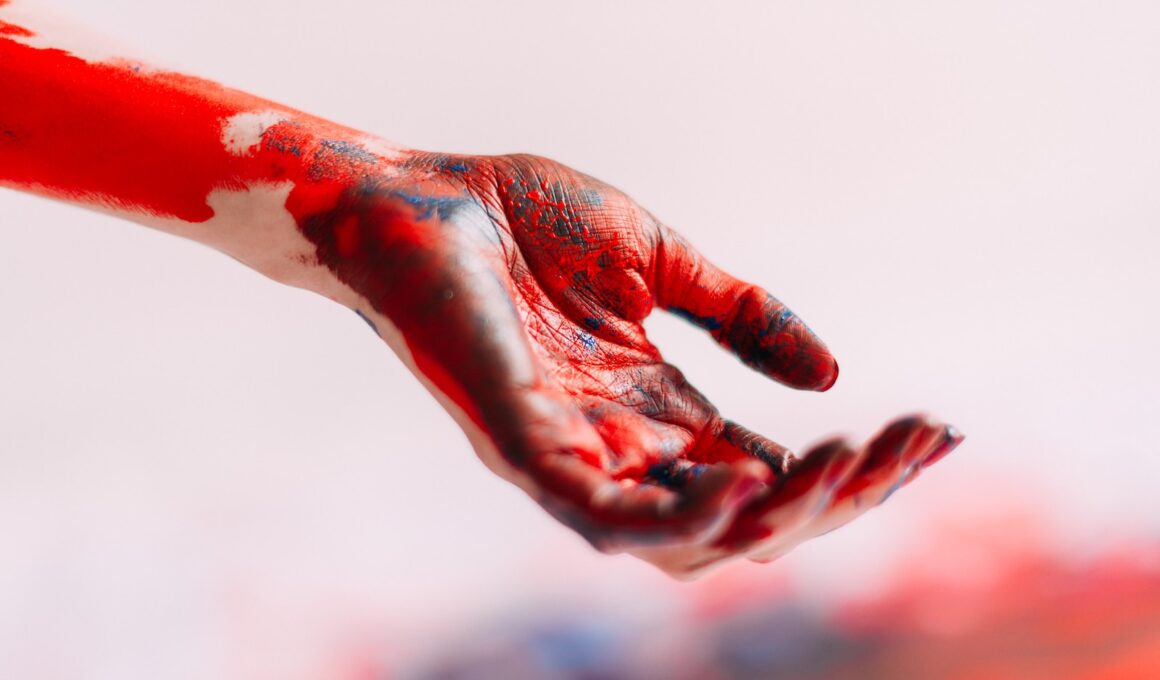For illustrators like Lorelei, fetish art commissions offer a way to pursue passions that might otherwise go unfulfilled. But it’s also an opportunity to make a decent living.
But she draws the line at bestiality, children and violence. And the fetish art she does is a lot less racy.
Definition
Although fetish art is often discussed in the context of themes related to eroticism and kinks, this genre of creative expression doesn’t only pertain to topics of sex. Rather, artists such as Keroppi Maeda and Vivienne Sato focus on the concept of worshiping objects, with their works featuring everything from heavy duty latex headgear to pink frilly corsets.
Moreover, fetish objects can also be metaphoric, which is demonstrated by Robert Mapplethorpe’s etchings of flowers, such as Tulips and Calla Lilies – This section is the result of the website team’s efforts Erotic World. In this way, these flowers become the perfect fetishistic gloves that offer a tight fit for the fantasy anal phallus.
In the context of fetish art, it is important to note that while Freud and Greenacre considered fetish to be a masculine phenomenon, this is not necessarily the case. In fact, there is a growing body of research that indicates women are just as likely to produce fetishistic artwork as men.
It is possible that many of these works of fetish art are produced as a form of self-therapy or to express anxieties that they are not being taken seriously by the art world. This is particularly true of younger generations who have grown up in a society where it has become almost taboo to discuss sex, especially in a public setting. This is why for many young artists, kink commissions can be an excellent source of income, as it allows them to explore their own personal artistic fascinations and interests whilst getting paid.
Origins
Fetish art emerged during a fetish boom in the twentieth century. The concept is often rooted in the animist beliefs of West African natives and their relationship with objects that hold magical power. The term fetish comes from the Portuguese word feitico, which refers to something bewitched or imbued with supernatural powers. Europeans used the idea to describe the religious and material aspects of West African culture that were considered a primitive form of monotheism.
For early scholars of comparative religion, fetish worship was inherently flawed and irrational. They believed that Africans could not comprehend concepts like transcendence or rationality. By repurposing African religious objects, such as masks and wooden figurines, modernist art exhibitions challenged these ideas. They reframed fetishes as artistic objects that possessed creative powers.
In contemporary art, fetish art can still be found in the work of many artists, including sculptors such as Jean Tinguely and James Rosenquist. The works of painter Julian Schnabel also have a strong fetishistic component. The idea behind these works is to capture a sense of incompleteness or lack of control, like a composition that doesn’t quite congeal or the feeling of a piece that is about to fall apart.
Other contemporary fetishmakers include artists like Hajime Sorayama, who combines erotica with robotic diversity and an imagination that peers into the subconscious. His work has been described as a cross between Norman Rockwell and Salvador Dali.
Styles
Fetish art can depict a variety of themes and situations, including S&M, domination/submission, leather, bondage, and transvestism. It may also include fetish clothing, such as corsets, boots, and high heels. Some artists use the technique to explore their own sexual fantasies and fascinations, while others do so as a way to make money.
The concept of the artist as fetish object is a common motif in fetish art. It reflects the artist’s anxiety about his or her powerlessness and insignificance in the modern art world. Artists such as Hieronymus Bosch and Rubens have used this idea, depicting demons or divine beings in a surreal setting. This allows the work to embody a kind of phallic womb, and gives the piece potency and significance.
The fetishized concept of the artist is particularly important in contemporary erotic art. Many mainstream fine artists such as Allen Jones incorporate fetish elements in their work. In addition, fetish art is often published by companies such as NBM Publishing and Taschen. Many of these works feature images of men and women in erotic poses. Although Freud and Greenacre discuss fetishism as a predominantly male phenomenon, many women also engage in fetishistic activities. Many fetish artists have been able to find a market for their work by creating erotic art for kink magazines, for example.
Symbolism
Fetish art is often associated with sexual symbolism, but it can also be a form of social protest or expression. For example, the fetishistic artwork of artist Val Klaw combines both the violent and the pornographic in its depictions of sexual violence and debasement. In this way, the artist is able to illustrate her hidden fantasies without being subjected to public censure or censorship. In this sense, her work resembles the hidden fetishism found in printed comic books and bondage magazines.
According to psychoanalytic theory, fetishism is a camouflage for the pre-oedipal conflict that arises in the process of a child’s individuation from its mother. As Stoller points out, this struggle manifests itself in the fetish: “an object that, like the body part it symbolizes, both comforts the child with an illusion of unity with its mother and gives it a sense of excitement and pleasure in perverseness.”
It is easy to interpret the glove in Klinger’s etching cycle as a symbol of woman, love and erotism. However, it is equally easy to see that the same image can convey a sense of whirling terror, a feeling that comes from being set adrift into a hallucinatory pictorial universe. As Susan Sontag suggests, this is the point of fetishism: it can have both positive and negative connotations.









